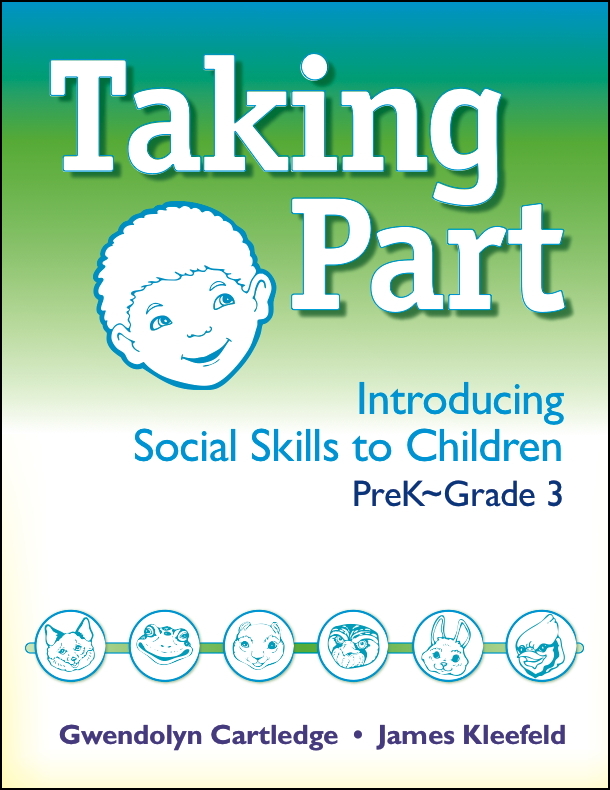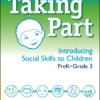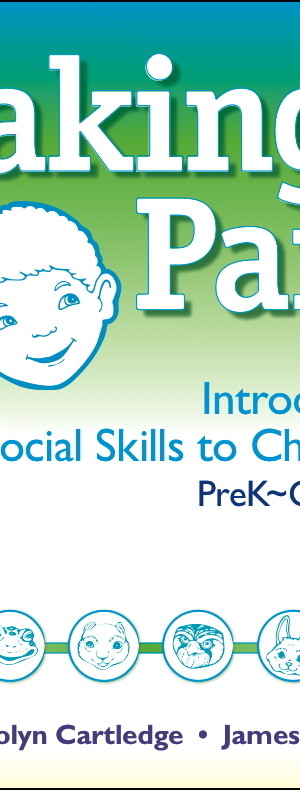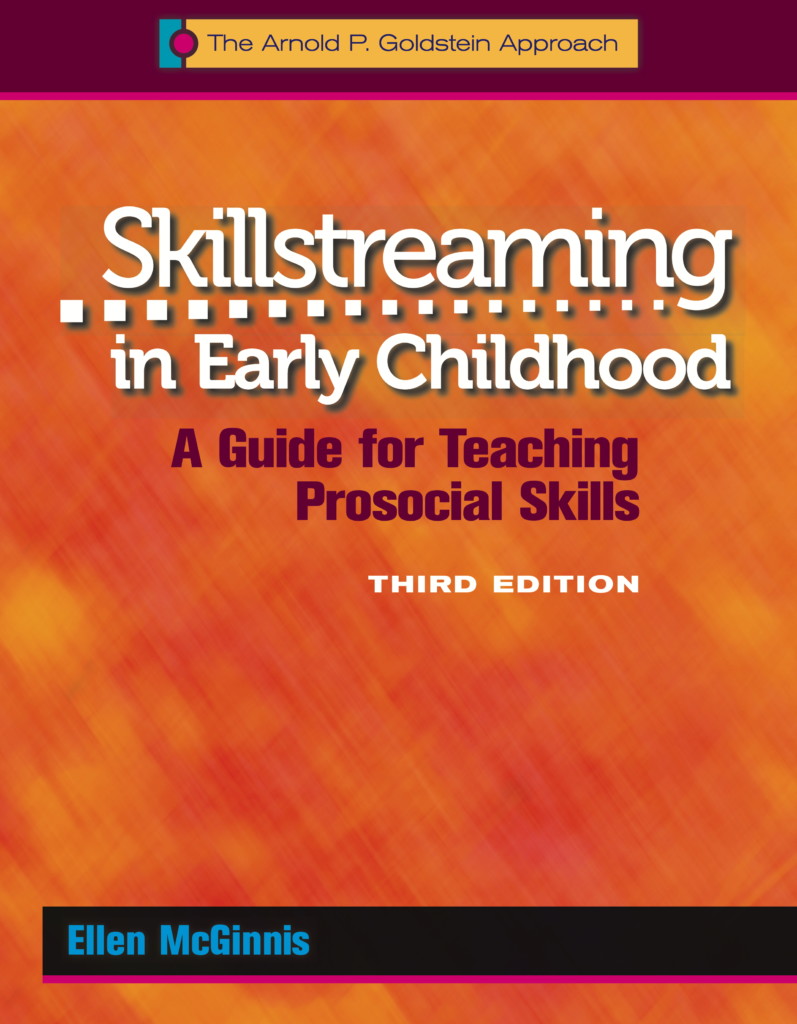This curriculum provides step-by-step strategies and activities for teaching 33 social skills that are essential to social development for children pre K-Grade 3.
Animal characters/puppets are used to introduce the skills and to help in various practice and maintenance activities.
Skill lessons are divided into six units:
- Making Conversation
- Communicating Feelings
- Expressing Oneself
- Cooperating with Peers
- Playing with Peers
- Responding to Aggression and Conflict
Each skill is divided into clearly defined behavioral steps that incorporate thinking, feeling, and doing. At each stage of instruction, students are given examples of appropriate skill use, asked questions to enhance their understanding of the skill, and provided with specific feedback as they practice the skill. Children are encouraged to apply their newly learned skills at school, at home, and on the playground.
Children will enjoy learning skills as they interact with the animal characters used in the program—Felicia Fox, Benny Frog, Hank Hawk, Carla Bluejay, Shelli Squirrel, and Will Rabbit. Puppet–mask outlines representing each animal character are provided.
The characters are used to present a motivational story for each skill and to help in various practice and maintenance activities. The authors note that some children prefer role-playing as animal characters rather than as themselves or as human characters.
This second edition of Taking Part has been field-tested at sites selected to represent a full range of ages, geographic locations, economic levels, and cultures.
Appendixes provide reproducible materials, including student handouts, program posters and blackline masters.
Book Reviews
“Taking Part is an excellent set of lessons that can be incorporated into a comprehensive school counseling program. . . . Units begin with the idea of making conversation and getting children to talk to one another as well as learning listening skills. Units that follow include communicating feelings, expressing oneself positively, cooperating with peers, team building and conflict resolution. Subcomponents of the units engage students in controlling temper, speaking kindly, sharing materials, and helping others among a variety of themes. Each lesson incorporates a story of animals relating to one another. Students practice by role playing how their animal character could react differently to the given situation presented.”
—Deborah Hardy, New York School Counselors Association Newsletter
“I like this program because it is easy to use and well grounded in theory. . . . The authors offer a hands-on approach that incorporates role play, step-by-step instruction, practice suggestions, skill reinforcement, related children’s literature, and suggestions for helping students maintain newly acquired social skills. . . . The program is flexible enough to use in its entirety or to adapt to the needs of the students and setting.”
—Lynn Merlone, New Hampshire School Counselor Newsletter
“I continue to be amazed at the simplicity, clarity, and manageability of the skill steps. . . . In addition, the engaging dialogues and activities will help to maintain the attention of students. . . . Taking Part is a valuable resource for school psychologists.”
—Ellina Xiong, MSPA Newsletter, Minnesota School Psychologists Association
“Skills are broken down into steps that are easy to integrate into daily activities. . . . Needed supplies are minimal. . . .Directions for instructors are easy to understand and implement. Overall, for the versatility and breadth of skills covered, Taking Part is a useful addition to the Pre-K through third grade classroom.”
—Rachel Hedrick, ISPA Newsletter, Illinois School Psychologists Association




